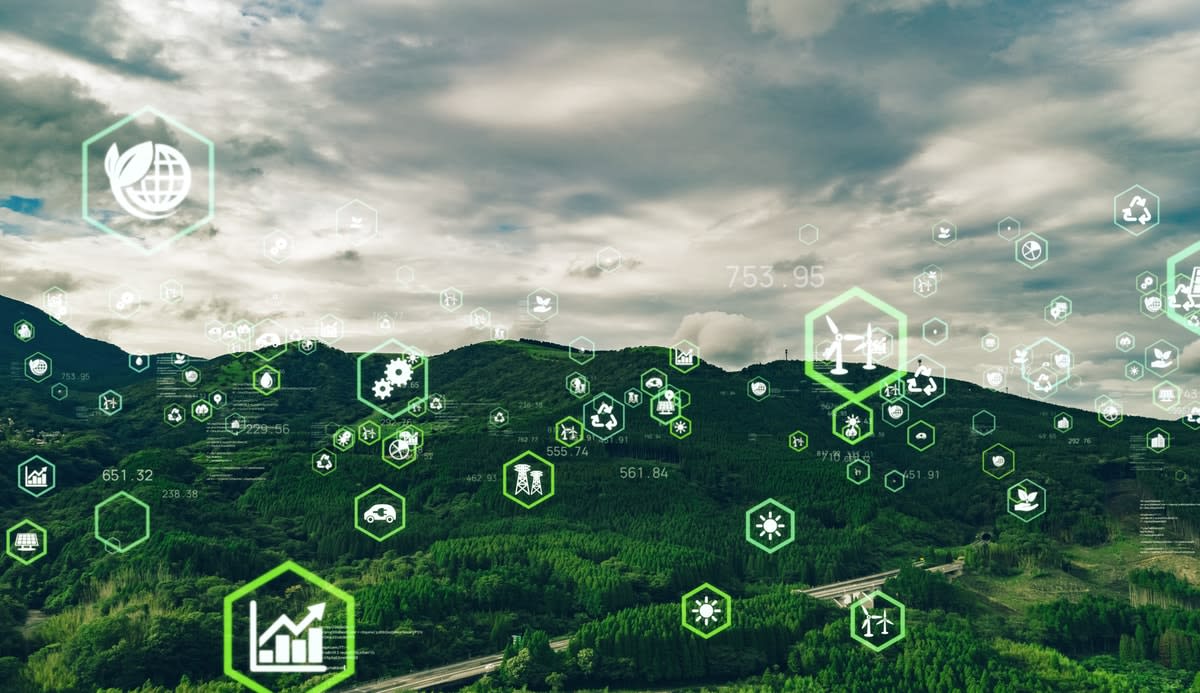
Bill McKibben, climate change campaigner and the founder of 350.org, sees the key problem of our age as the difference between two speeds – “the pace at which the physical world is changing, and the pace at which human society is reacting to this change”.
Through the “great acceleration” of greenhouse gas emissions, humans are changing our climate at 170 times the natural rate, leaving little time for humans, and even less for other species, to adapt to a world of climate chaos already on our doorstep. What used to take 8500 years happens now in only 50 years.
For the past 26 years, the most globally coordinated attempt to react to the climate crisis has been the United Nations Framework Convention on Climate Change (UNFCCC) annual climate summits.
Following the Rio Earth Summit in 1992, the UNFCCC was established in 1994, ratified by more than 100 countries at that time, with its first Conference of Parties (COP) to the conventions following in Berlin in 1995 as COP1.
The convention itself declared its ultimate goal as:
“The stabilisation of greenhouse gas concentrations in the atmosphere at a level that would prevent dangerous anthropogenic interference with the climate system.”
Since that time, successive conferences have added new goals, including directing funding to developing countries, funding adaptation, compensating the Global South for damage and loss caused by high-emitting countries in the Global North, and setting targets for all signatories to increase the ambition of their national determined contributions (NDCs).
The first COP to invite parties to set emissions targets was COP3, held in Kyoto in 1997, which produced the well-known Kyoto Protocol.
Many believe that the 192 NDCs pledged, which didn’t even come into force until 2005 (remember the problem of the two speeds), were completely inadequate. Australia’s pledges actually allowed for emissions to rise, which they have been for 24 years, except for the two years of the Gillard government, in return for refraining from land-clearing.
Read more: Climate plans, net zero and the urgent need to accelerate action
The Kyoto Protocol was replaced by the 2009 Copenhagen Accord at COP15, widely regarded as a failure, with only 114 signatories, inadequate goals, and no strategies to achieve them.
For its failure, the Copenhagen Accord received the largest amount of global press on climate change – double the most successful conference on climate change, COP21, which delivered the world the Paris Agreement in 2015.

The Paris Agreement succeeded Copenhagen, but what made it stand out was its commitment to striving to limit global warming to 1.5°C as the preferred target.
In Paris, a High Ambition Coalition of the 105 most vulnerable countries emerged. These countries, which formed a majority at the COP, argued that unless 1.5°C was achieved it would commit these countries to annihilation, either because they are small island states that would be swamped by sea-level rises, or they’re on the equator, set to be amid a permanent heatwave by 2050.
The problem is that parties to the Paris Agreement pledged NDCs that collectively result in 3°C of global warming, and so it’s hoped that countries will report much better performances than what they pledged at Paris – 3°C isn’t a habitable world.
Read more: With a 2050 net zero commitment set to be announced, here’s a ‘to do’ list for each sector
Four goals for COP26
The Paris Agreement became legally binding in 2020, but with COVID-19, last year’s COP26 was postponed, so Glasgow marks the first conference after Paris, and with it the opportunity to scrutinise the scorecards of the 195 parties who signed the 2015 agreement.
To this end, the UNFCCC has declared four goals for the COP.
First, to secure global net zero by 2050 and keep the 1.5°C threshold in sight. To do so, each country will need to surpass its current pledge and set bold new targets.
Second, adaptation. Our world is already changing, and we need to change with it. Improved warning and defence systems, resilient infrastructure, sustainable management of resources, and environmental restoration and protection are necessary to minimise loss of life and livelihoods. Communities must be equipped to respond to the current impacts of climate change, to “weather the storm” and prepare for an uncertain future.
Third, developed countries must finance adaptation and mitigation efforts necessary to reach global net zero. Institutions across private and public sectors must put climate finance at the top of the agenda.
Finally, we must work together. Reaching global net zero will be impossible if frontline communities, government, business, and civil society don’t come together.
Taking a cue from COVID
But McKibben’s warning serves as a fifth goal, one that looms above the others.
That goal is speed.
When COVID-19 reached our shores, Victoria, the primary hotspot for much of the past two years, managed to keep fatality rates low using swift and stringent lockdowns. This rapid response means at 2.9 deaths per million, Australia’s fatality rate is about four times lower than the global average.
Australia’s climate policy can learn much from our experience of COVID-19, as it’s a case study in the importance of swift collective action during a global crisis.
Echoes of this can be found in the recent Intergovernmental Panel on Climate Change (IPCC) Assessment Report 6 (AR6), which stated:
“Unless there are immediate, rapid and large-scale reductions in greenhouse gas emissions, limiting warming to close to 1.5°C or even 2°C will be beyond reach.”
This wasn’t the only thing AR6 taught us. It also foreshadowed what our future climate could look like under different emissions scenarios.
For instance, for every increment of global warming, we’ll experience further increases in the frequency and intensity of extreme events. In the absence of “rapid and large-scale reductions”, we’ll see at least 2°C of global warming, and what were once considered “one in 10 years” events will instead occur every second year.
To put this in perspective, think of the conditions that preceded the catastrophic bushfire season of Black Summer occurring biannually.
A warning – and a roadmap
The science is clearer than ever, so how can we operationalise its findings?
AR6 can serve both as a warning for what’s to come if we don’t act, and as a roadmap to guide decision-making at COP26.
Read more: The scientific consensus on climate change gets even stronger
Considering the risks Australia faces, what will our role be at COP26? Prime Minister Scott Morrison has announced his attendance in Glasgow, where he’ll claim reducing our emissions by 35% by 2030 from 2005 levels is achievable. This underwhelming target knocks us out of contributing to the achievement of the UNFCCC’s first goal.
And as one of the world’s largest per-capita greenhouse gas-emitters, it’s a far cry from the commitments other developed nations have pledged. Most have pledged to cut emissions by about 50% by 2030, and to reach net zero by or before 2050.
Australia could so easily be a leader in this transition, to protect our economy now, and the welfare of future generations.
Australia, meanwhile, despite this week launching its plan to reach net zero by 2050, will not legislate it, and on the 2021 Climate Change Performance Index (CCPI), we ranked second from the bottom on climate policy.
But Australia could work towards mending its reputation by setting a more ambitious target of net zero by 2050, with a rapid decarbonisation transition needed before 2030.
With our abundant wind and sunshine, we could become a major exporter of renewable energy, and a leader in climate action.
Making up for lost time by embracing the opportunities of renewables will be critical in the coming decades. Australia could so easily be a leader in this transition, to protect our economy now, and the welfare of future generations.
As climate activist Greta Thunberg has said: “Change is coming whether you like it or not.”





